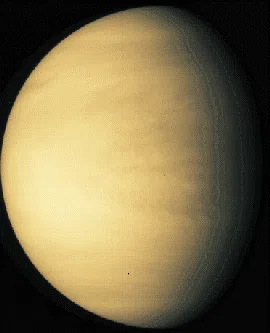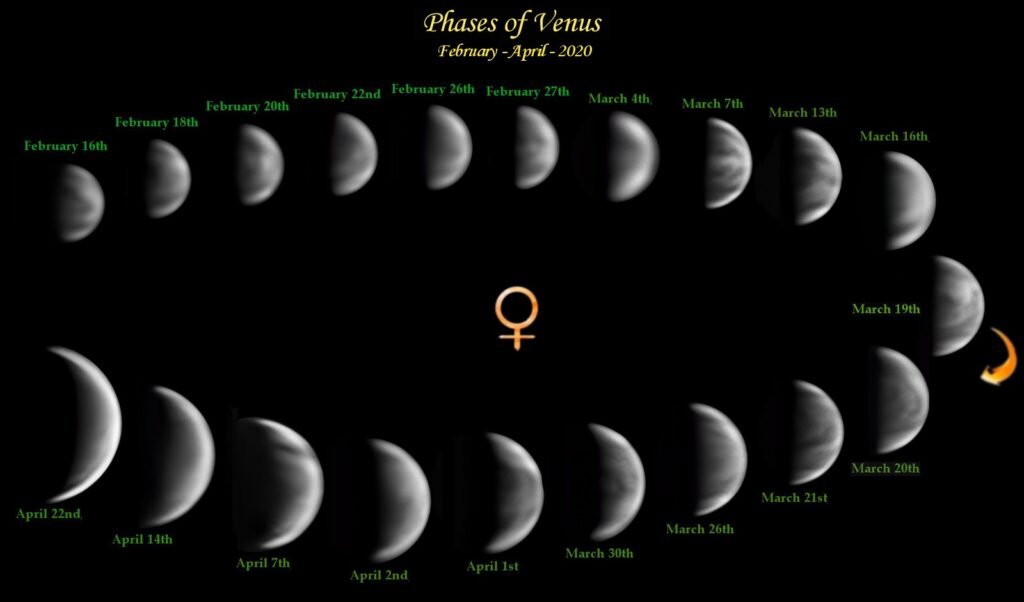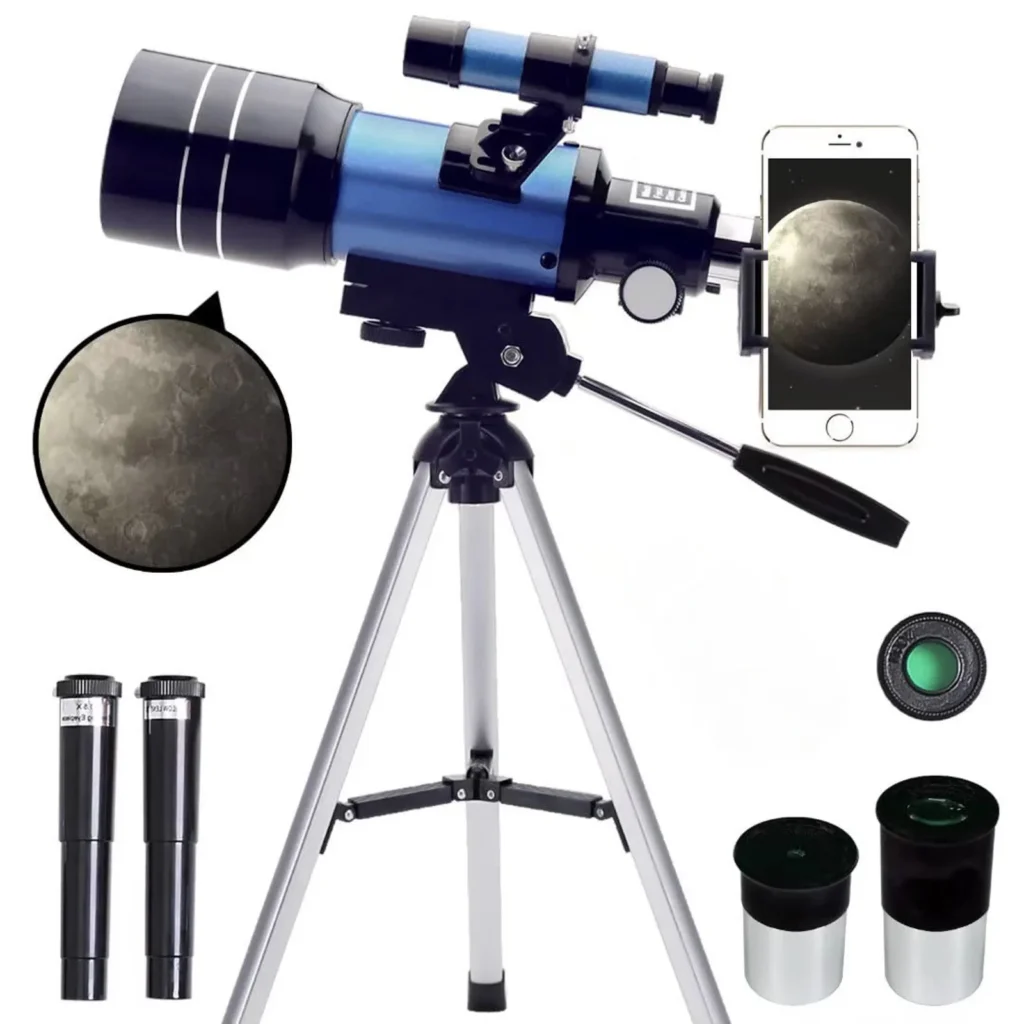Venus in a telescope: When observed through a telescope, Venus reveals its fascinating phases, much like our Moon. These phases shift from crescent to gibbous and full, providing a captivating sight for stargazers. This discovery, made by Galileo using his telescope, revolutionized our understanding of Venus and confirmed that it orbits the Sun, not the Earth.



Introduction to Observing Venus
Observing Venus through a telescope offers a unique and rewarding experience for amateur astronomers. Known as the “Morning Star” or “Evening Star,” Venus is the brightest planet visible from Earth and can be seen shining brightly in the sky either just after sunset or just before sunrise. Its proximity to Earth and reflective cloud cover make it an excellent target for both beginner and experienced stargazers.
The Phases of Venus
Venus in a telescope: Understanding the Phases

Like the Moon, Venus goes through phases due to its orbit around the Sun relative to Earth. These phases range from a fully illuminated disk to a thin crescent. Observing these phases through a telescope provides valuable insights into the planet’s motion and its relationship with Earth.
Best Times to Observe
The best times to observe Venus are during its greatest elongations, when it appears farthest from the Sun in the sky. During these times, Venus can be seen in a crescent phase, which is often the most striking and easily observed through a telescope.
Telescope Requirements
Aperture Size

A telescope with an aperture of at least 3-4 inches (75-100 mm) is recommended for viewing Venus. Larger apertures will provide clearer and more detailed views, allowing observers to see the phases more distinctly and to capture finer details.
Focal Length and Magnification
A longer focal length telescope with moderate to high magnification (50x to 200x) is ideal for observing Venus. Higher magnifications reveal more details but can also be affected by atmospheric conditions, so it’s essential to adjust accordingly for the best viewing experience.
Enhancing Your Observation
Filters
Using filters can enhance the details visible on Venus. A yellow or green filter can help reduce the planet’s brightness and increase contrast, making it easier to observe its phases. A variable polarizing filter can also be useful in reducing glare and improving visibility.
Atmospheric Conditions
Observing Venus is best done during times of steady atmospheric conditions. Early morning or late evening, when the planet is higher in the sky, are ideal times to reduce the effects of atmospheric turbulence.
Details to Observe
Cloud Features
While Venus’s thick cloud cover obscures its surface, some telescopic observations have revealed subtle cloud features. Using ultraviolet filters, amateur astronomers have captured images showing these features, although they are challenging to observe visually.
Ashen Light
A mysterious phenomenon known as Ashen Light has been reported by some observers. This faint glow on the night side of Venus is still not fully understood and is rarely observed. It requires dark skies and excellent viewing conditions to even attempt to see this elusive phenomenon.
Historical Observations
Galileo’s Discoveries
Galileo Galilei’s observations of Venus in the early 17th century were groundbreaking. He was the first to document the planet’s phases, providing crucial evidence for the heliocentric model of the solar system, which proposed that planets orbit the Sun rather than Earth.
Modern Advances
With advancements in telescope technology and space exploration, our understanding of Venus has significantly improved. Space missions like NASA’s Magellan and ESA’s Venus Express have provided detailed maps of Venus’s surface and atmosphere, complementing what we can observe from Earth.
Capturing Venus: Astrophotography
Equipment and Techniques
Astrophotographers can capture stunning images of Venus using digital cameras attached to telescopes. Using webcams or dedicated planetary cameras with high frame rates allows for stacking multiple images to enhance detail and reduce noise.
Processing Images
Image processing software like RegiStax or AutoStakkert! can be used to stack and enhance images, revealing details that are not visible in single frames. This technique is especially useful for capturing the phases of Venus and any cloud features.
Observing Venus through a telescope is a fascinating and accessible activity for astronomers of all levels. Understanding its phases, using appropriate equipment, and observing under the right conditions can significantly enhance your viewing experience. From the historic observations of Galileo to modern astrophotography, Venus continues to captivate and inspire stargazers around the world.

